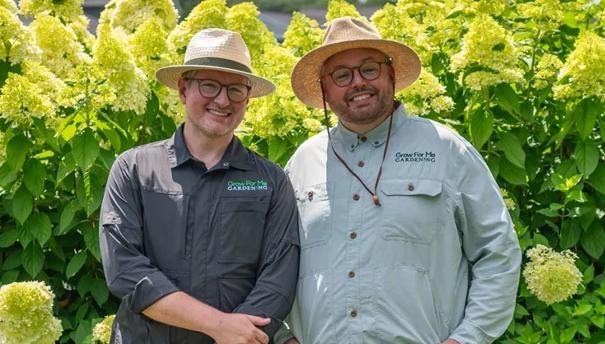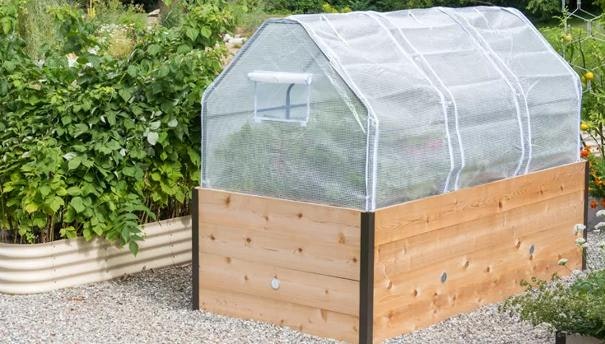Leaftier caterpillars chew on leaves of celery, beets, lettuce, and other crops, skeletonizing the leaf undersides, which gives the leaves a silvery look. Feeding reduces plant vigor. For protection, the larvae tie the tips of leaves together with a silken web, hence their name. It is also known as greenhouse leaftier, and can be a serious pest in greenhouses.
The celery leaftier adult is a small brown moth. In spring, this moth lays its eggs on the undersides of host plants. The tapered, pale green larvae feed for about a month before pupating. There can be four generations per year in the garden; more in a greenhouse. Celery leaftiers are found throughout North America.
Prevention and Control
- Cover plants with garden fabric to prevent adult moths from laying eggs.
- Remove and destroy rolled leaves.
- Clean up the garden in fall to discourage pests from overwintering.




